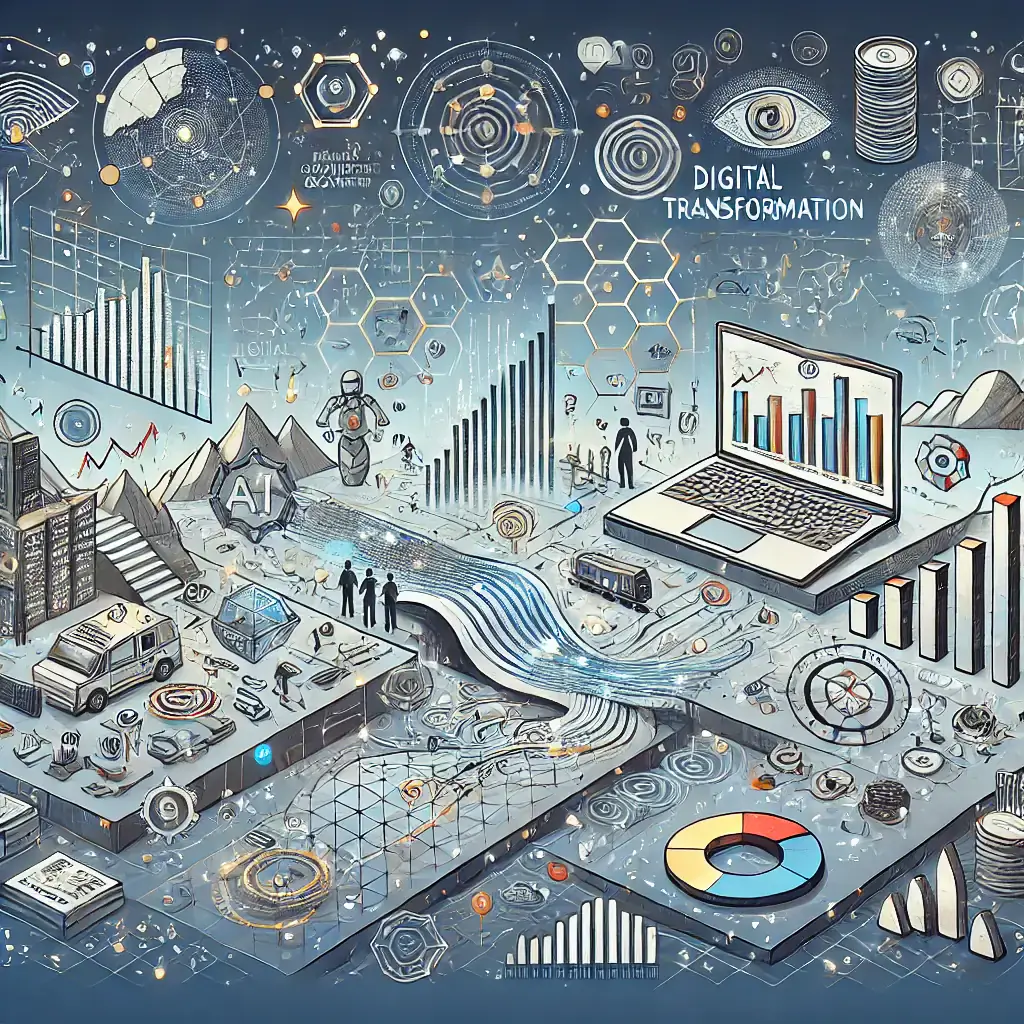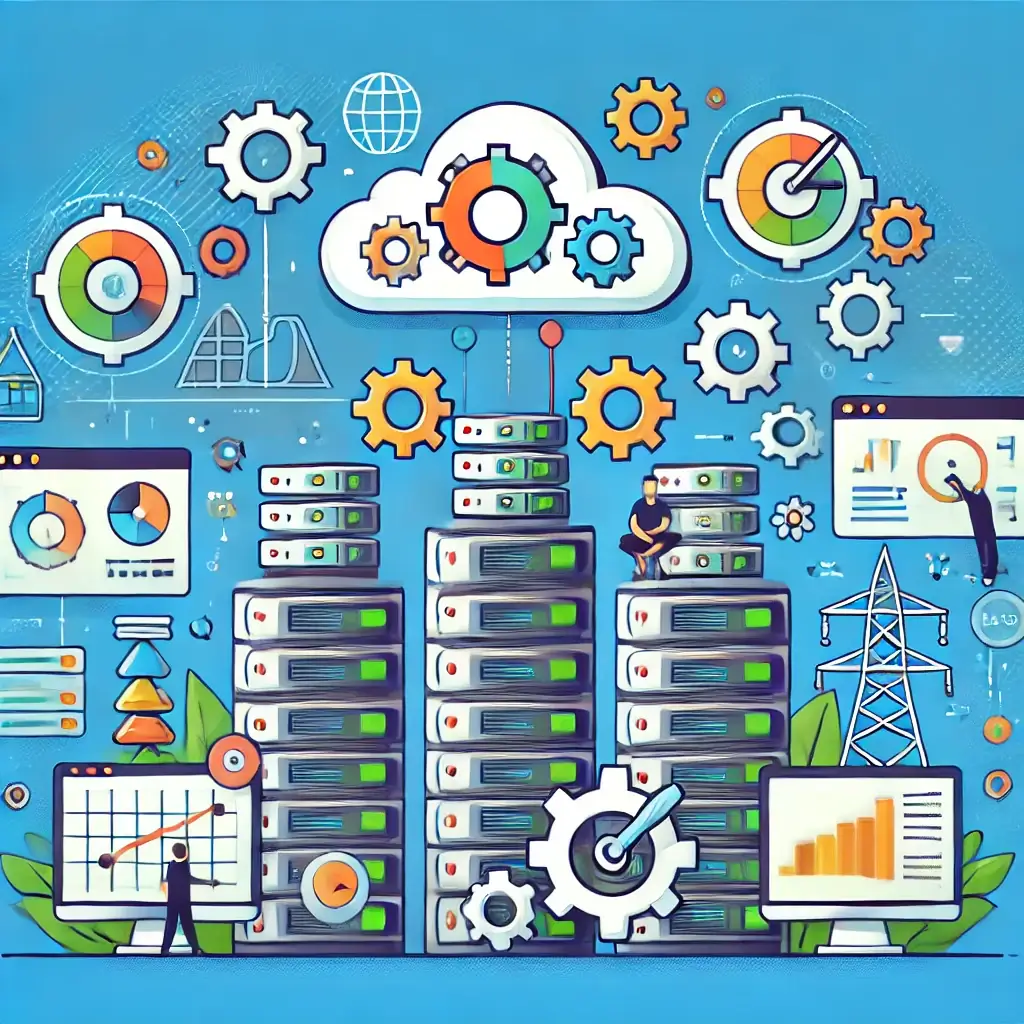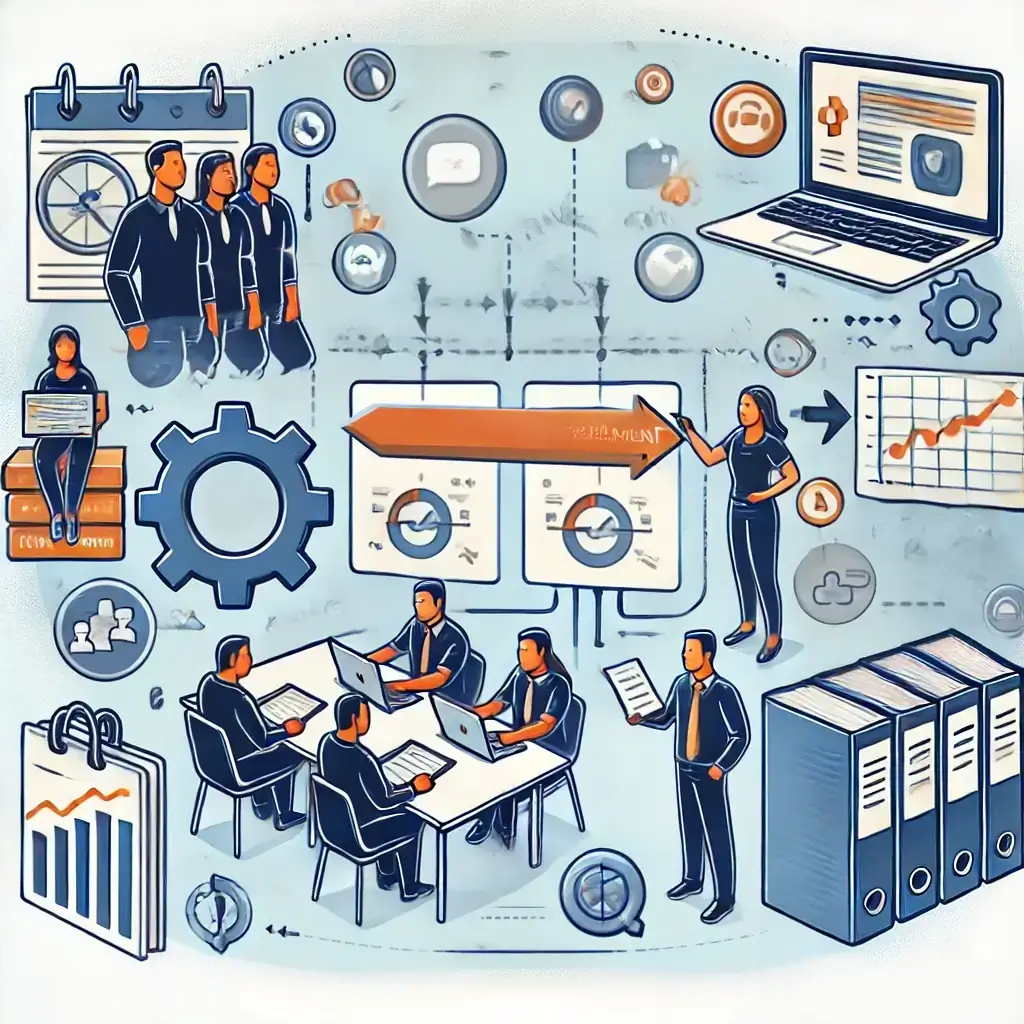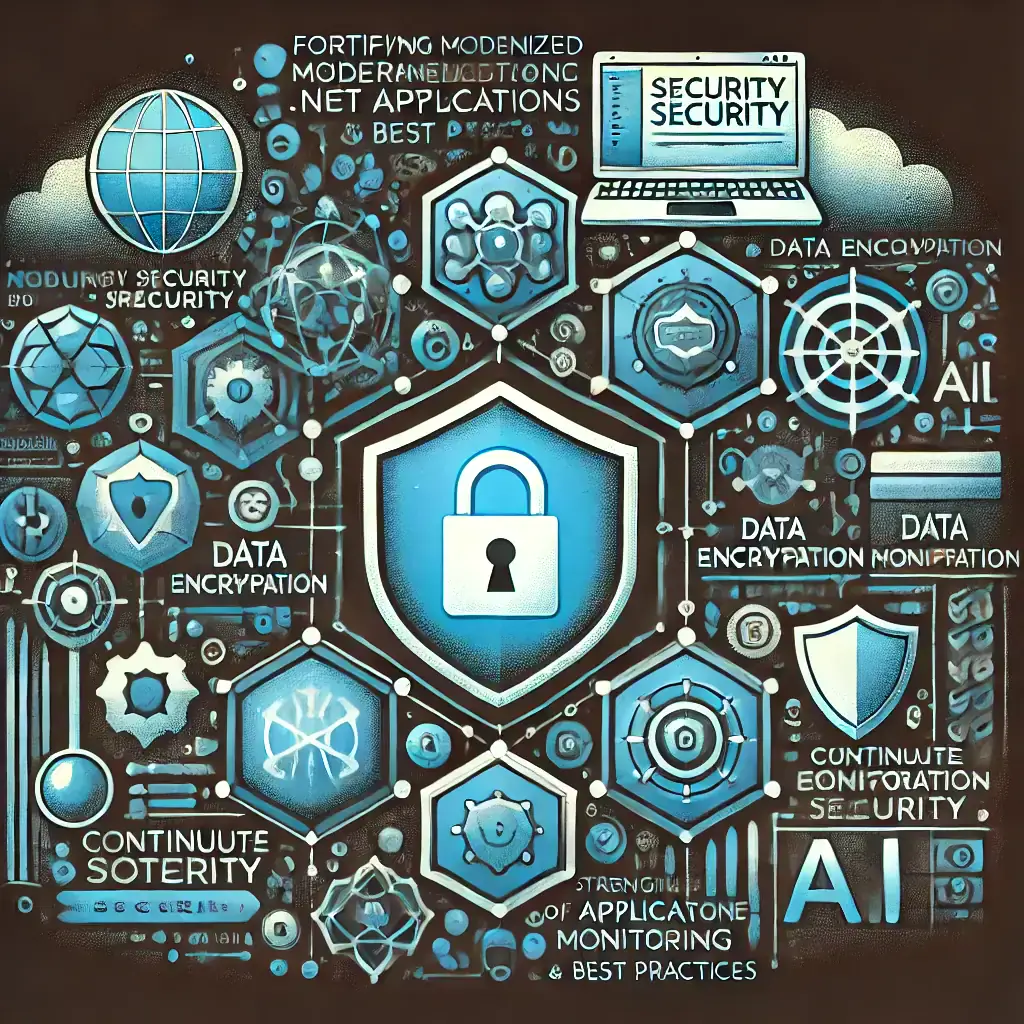· iWork Technologies Team · Product Modernization · 6 min read
Conclusion and Future Trends in Modernizing Legacy .NET Applications
Recap the key takeaways from modernizing legacy .NET applications and explore emerging trends to stay ahead in a rapidly evolving tech landscape.

Future Trends in Modernizing Legacy .NET Applications
As we reach the conclusion of our 11-part series on modernizing legacy .NET applications, it’s time to recap the key points discussed throughout the series and look ahead to the future. This final installment will provide a summary of the essential takeaways, explore emerging technologies in the realm of product modernization, and offer guidance on how businesses can continue to evolve and stay ahead in an ever-changing technological landscape.
Recap of Key Points
Summarizing the Essential Takeaways
Over the course of this series, we’ve explored the critical steps and strategies involved in modernizing legacy .NET applications. Here’s a brief recap of the key points:
Crafting a Migration Strategy: We began by emphasizing the importance of a well-thought-out migration strategy, highlighting the need to assess the current state, define clear objectives, and choose the right approach, whether phased or big bang.
Architecture Options: We discussed the evolution from monolithic to modular monoliths and microservices, helping you understand when to choose each architecture and how to apply best practices in design patterns for scalability and maintainability.
Transitioning Code and Components: Refactoring vs. rewriting, modularization, and integrating AI and automation were covered as essential considerations for effectively transitioning your legacy codebase to a modern architecture.
Infrastructure Considerations: Preparing your infrastructure for cloud-based deployment, setting up CI/CD pipelines, managing costs, and leveraging containerization and orchestration were identified as crucial factors for ensuring a successful modernization effort.
Data Migration and Management: We explored strategies for assessing data needs, ensuring data security and compliance, modernizing databases, and implementing effective ETL processes for a smooth data transition.
Security Enhancements: Best practices for securing your modernized application were discussed, focusing on threat modeling, securing the codebase, and implementing robust authentication and authorization mechanisms.
Performance Optimization: We examined methods for optimizing performance through profiling, load testing, and implementing caching and scaling strategies to ensure your application can handle modern demands.
User Experience (UX) Improvements: The importance of enhancing user experience through modern UI/UX design principles, responsive layouts, and accessibility considerations was emphasized.
Continuous Improvement: We discussed the need for ongoing improvement through regular monitoring, updates, and staying informed about the latest trends and tools in the .NET ecosystem.
This comprehensive approach has provided a roadmap for modernizing your legacy .NET applications, ensuring they are scalable, maintainable, secure, and capable of meeting the demands of today’s users.
Emerging Technologies: What to Expect Next in Product Modernization
As technology continues to evolve, so too will the tools and methodologies available for modernizing legacy applications. Here are some emerging trends and technologies to keep an eye on:
AI and Machine Learning Integration: As AI and machine learning continue to advance, expect more tools and frameworks that simplify the integration of AI into modernized applications, enabling smarter, more personalized user experiences.
Serverless Architecture: The shift towards serverless computing is likely to grow, offering businesses a way to build and deploy applications without managing the underlying infrastructure. This can lead to cost savings and increased flexibility.
Edge Computing: With the rise of IoT and the need for low-latency processing, edge computing is becoming more prominent. Modernized applications may increasingly leverage edge computing to process data closer to where it’s generated.
Quantum Computing: While still in its early stages, quantum computing holds the potential to revolutionize certain aspects of computing. As this technology matures, it may offer new opportunities for solving complex problems faster than ever before.
Enhanced DevOps Practices: The integration of AI into DevOps (AIOps) is expected to streamline operations, automate repetitive tasks, and provide more accurate insights into application performance and security.
Advanced Security Measures: As cyber threats become more sophisticated, expect to see new tools and frameworks focused on enhancing application security, such as zero-trust architectures and advanced threat detection systems.
Cross-Platform Development: The trend towards cross-platform development will continue to grow, with frameworks like .NET MAUI enabling developers to create applications that run seamlessly on multiple platforms with a single codebase.
Staying informed about these emerging trends will allow businesses to continue evolving and capitalize on new opportunities as they arise.
Next Steps for Businesses: How to Continue Evolving and Staying Ahead
Modernizing a legacy .NET application is not a one-time effort but an ongoing process that requires continuous adaptation and improvement. Here are some next steps for businesses to consider:
Adopt a Culture of Continuous Improvement: Encourage a mindset of continuous improvement within your organization. Regularly assess your applications, processes, and infrastructure to identify areas for enhancement.
Invest in Training and Development: Ensure that your development teams are equipped with the latest skills and knowledge. Invest in training programs and encourage continuous learning to keep your teams up-to-date with emerging technologies.
Leverage Analytics and Monitoring: Implement robust monitoring and analytics tools to gain insights into how your applications are performing. Use this data to make informed decisions and optimize your applications for better performance and user experience.
Engage with the Developer Community: Stay connected with the broader developer community to share knowledge, learn from others, and stay informed about the latest trends and best practices.
Plan for Future Modernization: As new technologies emerge, begin planning for future modernization efforts. Stay agile and be prepared to adapt your applications to take advantage of new opportunities and address evolving challenges.
Focus on User-Centered Design: Continuously seek feedback from users and prioritize user-centered design principles to ensure that your applications meet their needs and provide a seamless experience.
By following these steps, businesses can not only maintain the relevance of their modernized applications but also position themselves to stay ahead in an increasingly competitive and rapidly changing technological landscape.
Conclusion
The journey to modernize a legacy .NET application is complex but rewarding. By following the strategies outlined in this series and staying informed about future trends, businesses can ensure that their applications remain competitive, secure, and capable of meeting the demands of modern users. The key to success lies in continuous improvement, embracing emerging technologies, and maintaining a user-centered approach to development.
As we conclude this series, we hope you are equipped with the knowledge and tools needed to embark on your modernization journey with confidence and foresight. The future of technology holds exciting possibilities, and by staying agile and proactive, your business can continue to thrive in the digital age.



